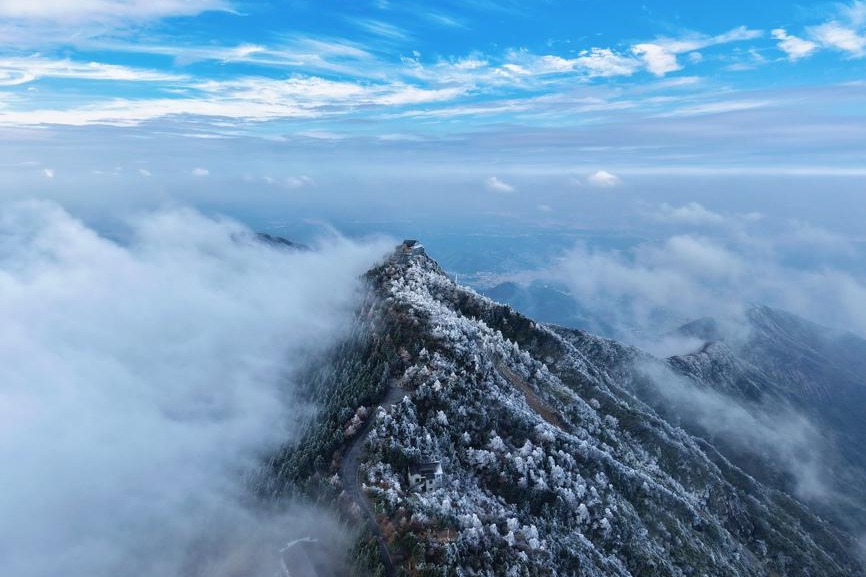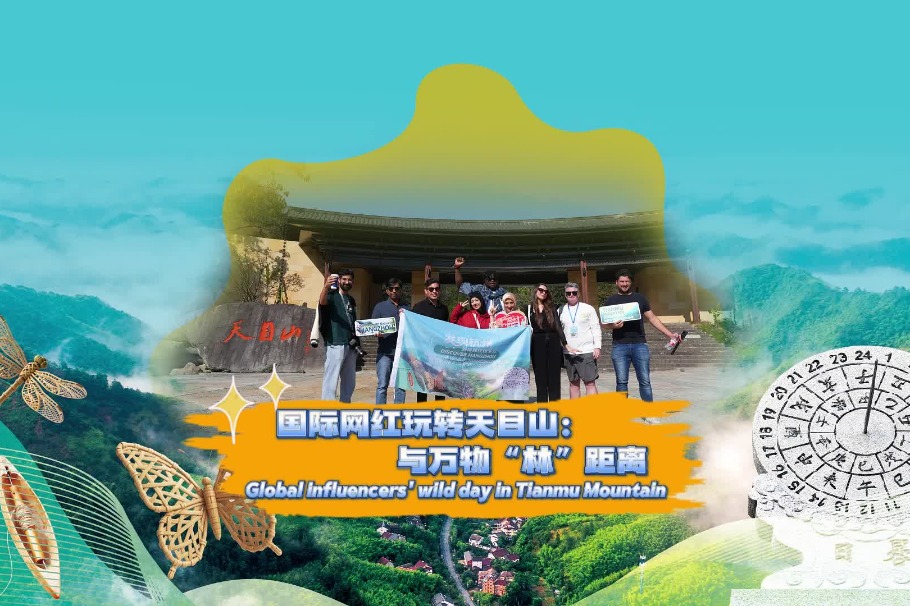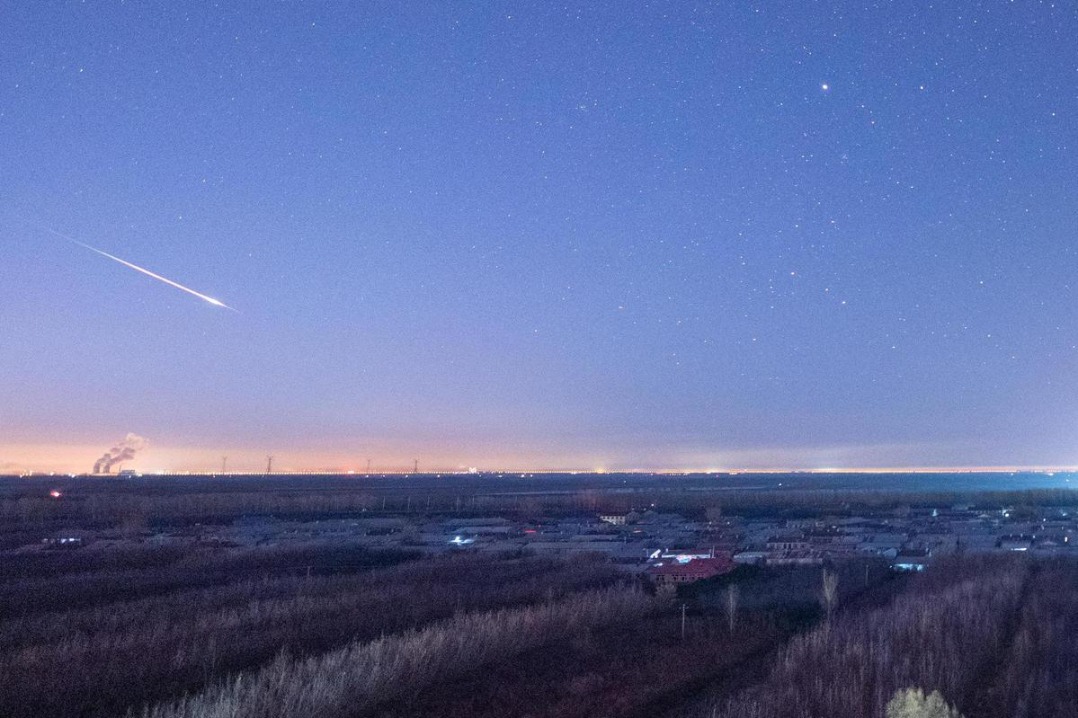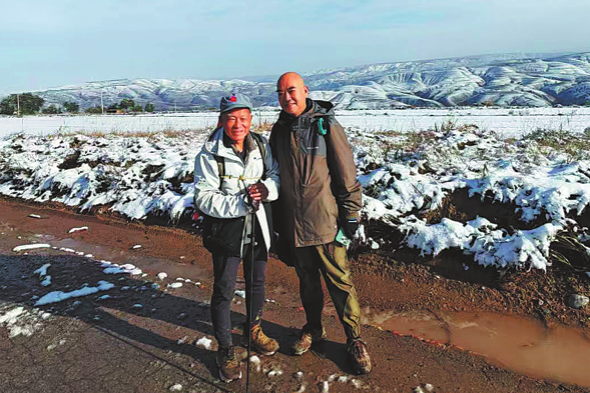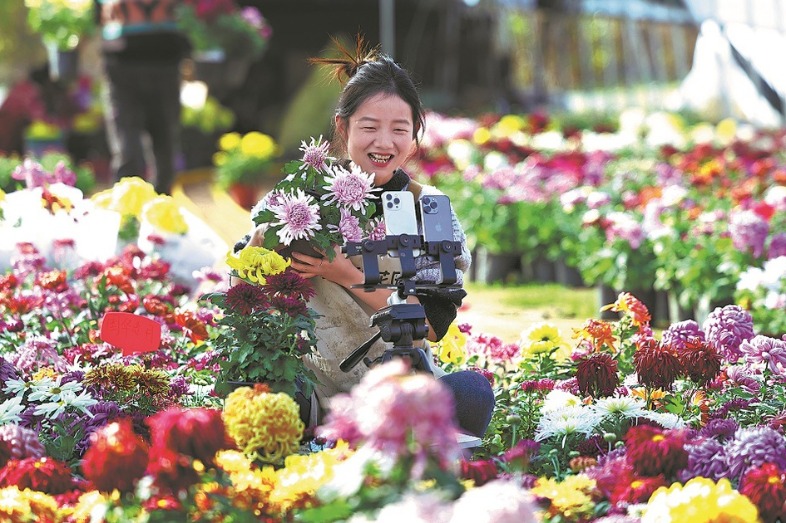Tibet eyes growth and conservation


Environmental protection paramount as region blazes trail of modernization
The Tibet autonomous region has been making efforts to balance its economic growth and environmental protection and will maintain the region as one of Earth's purest lands, the region's Party secretary said on Thursday.
"The region's GDP has soared from 129 million yuan in 1951 to 147 billion yuan ($21.8 billion) in 2018. And disposable income per capita of urban residents reached 33,797 yuan last year, while that of rural residents hit 11,450 yuan," said Wu Yingjie, Party chief of Tibet.
Although Tibet is thriving on a path of rapid modernization, the region has made ecological conservation a top priority and remains one of the best ecological environments in the world, Wu said at a news conference at the State Council Information Office.
"It now has become common sense among the public to protect the environment," he said. "Highly-polluting, energy-intensive and water-consuming production facilities are by no means allowed in Tibet. We would rather achieve a slower growth rate than cause any damage to the environment."
The region has also been coordinating efforts of eco-projects and people's livelihoods by hiring over 700,000 former farmers and herders as wildlife and forest rangers in natural reserves to better protect the environment, he said.
The region invested more than 11 billion yuan in ecological construction projects last year and has the largest nature reserves nationwide covering more than 413,000 square kilometers.
According to the Chinese Academy of Sciences and departments on environmental protection, Tibet maintains a stable ecological structure in terms of its air, water, soil, radiation level and ecological environment.
Major cities witnessed fairly good air quality on more than 95 percent of days last year, and the water quality of major rivers and lakes such as the Yarlung Zangbo River has been classified as grade I and grade II.
China has a six-grade water quality grading system, with the highest three grades suitable for human consumption and the lowest "below grade V" level.
With its green mountains, babbling brooks and fresh air, the region, home to distinct landscapes and rich wildlife, saw nearly 33.7 million tourist visits last year, up 31.5 percent year on year, and tourism revenue went up 29.2 percent to 49 billion yuan, according to Qizhala, the region's chairman.
Though tourism is becoming one of its pillar industries, Tibet still regards protection of the plateau as a vital task for its development. It banned ordinary tourists entering the core zone of the Qomolangma National Nature Reserve in December. The ban was aimed at restoring the area's vulnerable ecosystem after years of rapid tourism development.
- Henan retailer's reparation policy fosters workers' rights
- Shanghai offers blueprint for waterfront renewal
- University licenses smart fish feeding system for 20 million
- Shandong court sentences former insurance chief for bribery
- Culture high on agenda at Sanya tourism summit
- Chinese cities post strong performance in 2025 global innovation index

















